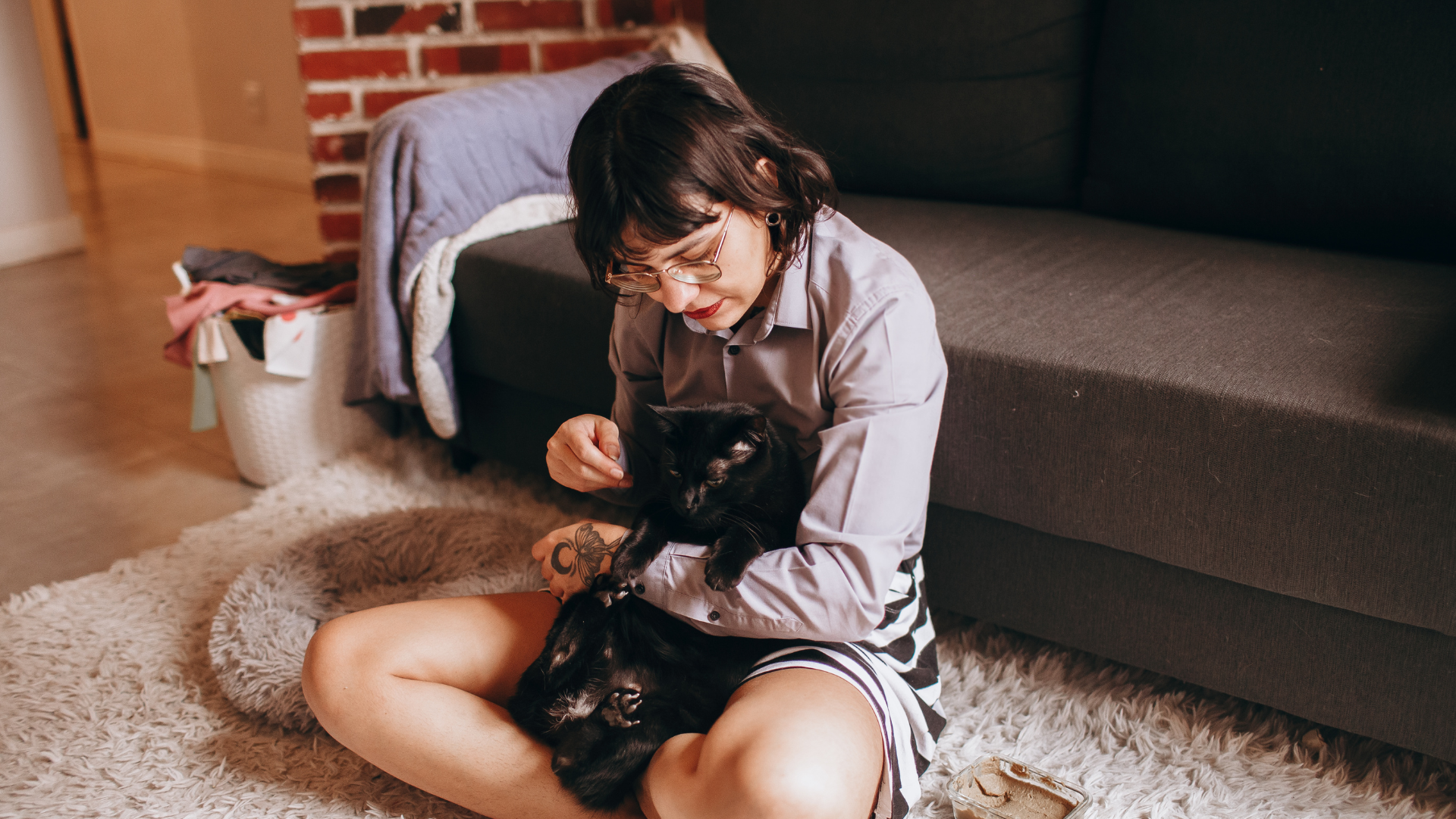The Business End of Influence
June 12, 2019
In 2018, we saw a big increase in brands looking to work with influencers as part of their marketing strategy. It’s a smart move. Research shows that audiences are listening less to traditional forms of advertising and instead, are now looking for more meaningful and relatable interactions through the people they follow online.
According to a recent report by Global Web Index, social media is now the second-most prevalent channel for brand and product research, and a quarter of 16-24s and 25-34s say that seeing a brand/product has lots of likes would encourage them to buy something. 30% of people are willing to spend more on a product if it’s been endorsed by an online influencer as well.
Influencers, especially micro influencers (those who have a following of between 10,000 and 100,000) have established a relationship with their followers based on trust and authenticity, meaning influencers don’t just help to get your product seen, they actually make it desirable.
So whether you’re a brand looking to work with influencers, or an influencer keen to link up with your favourite brands, here are our tips:
How to approach influencers if you’re a brand:
- Pick people who fit your brand. It’s worth considering who they have worked with before. Are these the types of brands you would align your brand to? Also look at the influencer’s tone of voice and content style. If you’re a wholesome brand with a classic outlook, do you want to work with an influencer known for their controversial views and a sweary mouth?
- Make sure they haven’t worked with any of your competitors recently. If an influencer is seen to be endorsing similar products from different brands, their opinion becomes less valid.
- Make your pitch email personal. We’ve seen examples of emails where the influencer’s name is omitted and instead just an ‘x’ appears. That’s one way to make it obvious you’re blanket emailing influencers! You should know the influencer you’re approaching well; their content style, interests etc. If, for example, you’re approaching a parenting influencer, you should know the names and ages of their children, and be able to reference them in your approach.
- Don’t just look at influencers with the biggest following. Engagement is more important. It’s a sure sign that someone has bought followers if they have a big audience but very little engagement. Also look at who they follow, and who is following them. Are they followed by other influencers?
- Consider micro influencers. They tend to have a more loyal following and a higher engagement rate.
- Think about budget. Unless an influencer is already a huge fan of your brand, they may expect payment for endorsing you. This is especially true if your product is of low value. On average, an influencer with around 30-50k followers can ask for anything upwards of £200 for a sponsored post on Instagram. It tends to be less for stories given that they’re only live for 24 hours. This is of course a ballpark figure. Some will charge less, some will charge more. Pricing is different again for blogging and other SM platforms.
- Treat your influencers well. They are helping you to achieve your marketing goals by allowing you to tap into their engaged and loyal audience, so don’t take advantage! In all likelihood they will have brands lining up to work with them and won’t want to work with you again if you don’t treat them well
First and foremost, show an interest! Make sure you’re following the brand you would like to work with and make time to engage with them. Comment on their posts and perhaps even tag them in yours. We’ve seen quite a few influencers asking brands if they would like to work together, but have shown little interest in the brand until that point, often not even following them.
Explain why you feel you would be a good fit for the brand. Perhaps you already use their products and love them, or maybe your audience is their target market. This means you need to understand your followers and who they represent. Get looking at your audience insights. The best approach we’ve seen recently was by an influencer who had taken the time to look at the content a brand had been creating, highlighting one of their campaigns and explaining why she thought it worked.
Think about the bigger picture. Many brands work with PR agencies who will have other clients on their books. Build relationships with the agencies that represent the types of brands you’re interested in and take a flexible approach to work. If you’re contacted about a collaboration that can’t pay you what you normally charge, is it worth negotiating? An agency is more likely to put you forward to other clients if you think strategically about the opportunities presented to you.
Don’t agree to a collaboration, then not deliver! We’ve had the unfortunate experience of setting up brand/influencer collaborations in the past and ended up having to chase individuals to deliver what they’ve agreed. Essentially, treat a collaboration like a business transaction. If you hired a plumber to fix your toilet, you’d expect him (or her!) to turn up on time and complete the job you’re paying them for, wouldn’t you? You’ll quickly develop a reputation for being flaky and certainly won’t be considered for future work otherwise.
Create the best content you can. It’s likely you’ve been approached because of the type of content you produce, so make sure you maintain that standard, for you and the brand. We like to give influencers as much creative freedom as possible when working with brands, so that they can place products in their feeds in a way that feels natural to their normal posting style. Use this to be creative and showcase a brand and its products in a way that works for you and your audience.
Know your hashtags! Over the last year or so, there’s been a bit of a social media backlash to brand/influencer partnerships, and how these are disclosed. Audiences have been feeling duped by the people they follow if they haven’t made it obvious they are endorsing a product as part of a collaboration, so it’s important to be transparent. Otherwise you could risk your credibility. Aside from keeping your followers happy, the CAP Code, enforced by the ASA, applies to most forms of influencer marketing. Their guidelines set out exactly what constitutes an #ad and when something is #sponsored content. It’s the responsibility of both the brand and the influencer to make sure they are properly disclosing collaborations. Read the ASA’s influencer guidelines here.
What we offer at Vista:
We specialise in working with Micro Influencers – where we place product in a reciprocal relationship for coverage. We find influencers with c10-50k followers particularly have a highly engaged audience, are perceived to be genuine authentic by their followers – so they hold greater sway with them
Insta Stories are incredibly powerful for engagement and form a key part of our negotiated package. We maximise these relationships by publicly thanking the influencer when they post about our products and sharing their posts. We track clicks through to the client website and have seen more than 500 in one day.
Our position is that social media is for socialising and interaction and a human touch is vital. We have watched when high street brands cross the boundary to using influencers to become commercial brand ambassadors. In the worst cases the influencer loses authenticity and the brand looks desperate.
Message us on Facebook. Twitter or Instagram if you want to chat about this, or join our conversation #prgirlsinthecountry.
Katy, Vista’s Social Media Hub Manager and mum to Belle 6 and Wren 3

